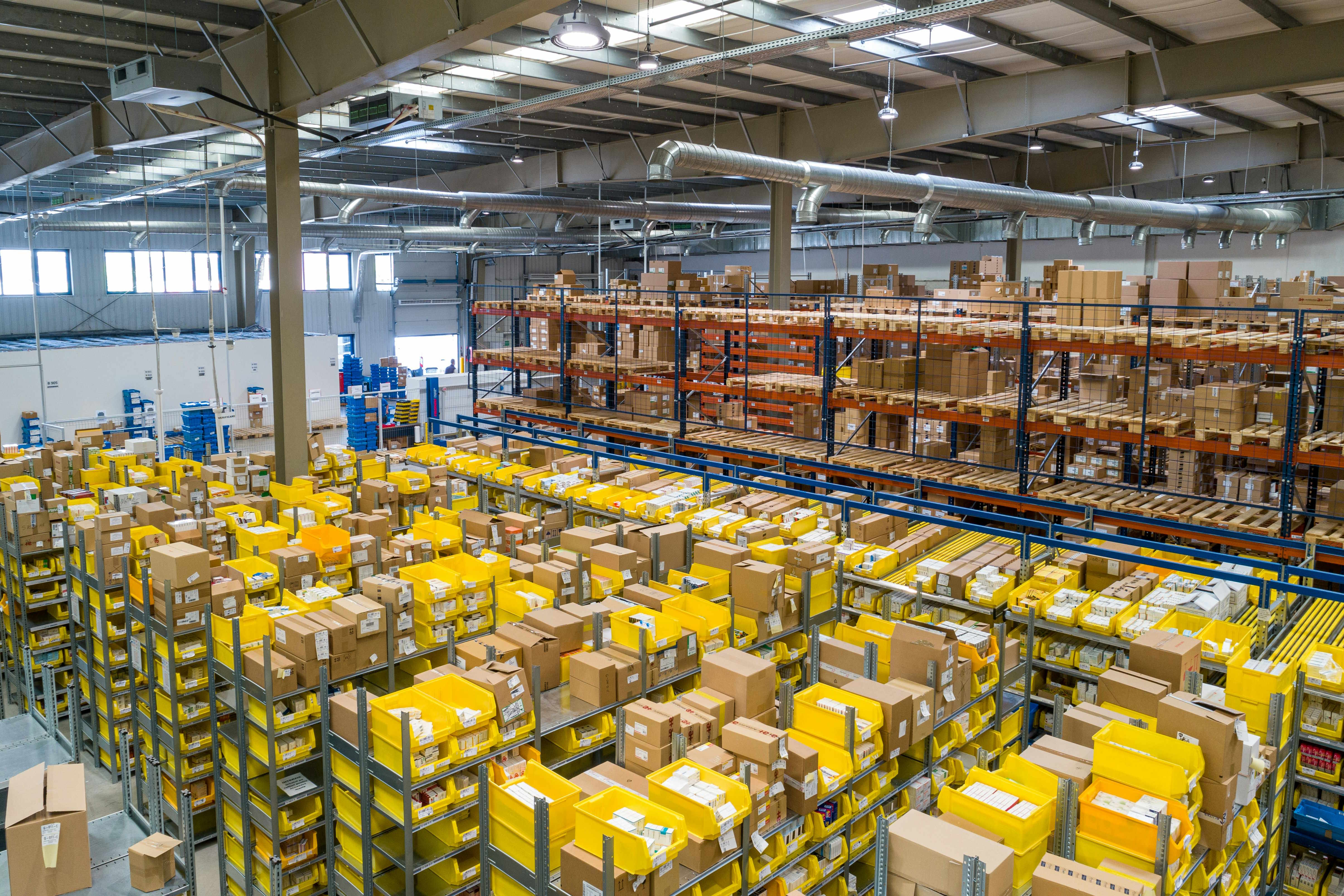Rural access solutions for remote-area grocery access
Delivering groceries to remote and rural communities requires practical planning across ecommerce systems, logistics, cold chain handling, last-mile delivery, and payment flows. This article outlines operational approaches and technology choices that help providers and communities improve reliable access to fresh food in sparsely populated areas.

Accessing groceries in remote rural areas depends on coordinated systems rather than single fixes. Successful approaches combine tailored ecommerce ordering, resilient logistics and coldchain handling, flexible lastmile and fulfillment methods, clear inventory and forecasting practices, and options such as subscriptions or curbside pickup. Technology — mobile apps, secure payments, and privacy safeguards — and attention to sustainability help make services viable over time.
ecommerce models for rural demand
Ecommerce platforms for rural communities should accommodate intermittent connectivity and lower order frequency. Simple, lightweight mobile or web apps that cache data and support offline browsing can reduce friction. Integrating subscriptions and scheduled deliveries helps stabilize demand and improves forecasting. Payment options must include card, mobile wallets, and sometimes cash-on-delivery, while respecting privacy rules and minimizing data collection. Clear product listings and transparent inventory statuses build trust where customers may depend on less frequent deliveries.
logistics strategies and coldchain options
Logistics planning in remote areas balances cost, reliability, and product safety. Coldchain solutions range from insulated containers and phase-change materials to refrigerated vehicles when distances and volume justify them. Route consolidation and timed pickups from regional hubs reduce spoilage risk while keeping per-delivery costs down. Partnering with local businesses or co-ops can extend refrigerated storage and provide temporary coldchain buffer zones. Prioritizing high-risk perishables for coldchain investment while using ambient transport for staples is a common compromise.
lastmile and fulfillment approaches
Lastmile is where rural grocery projects succeed or fail. Options include regional micro-fulfillment centers, mobile fulfillment units, parcel lockers at community points, and direct driver deliveries using flexible schedules. Curbside and contactless handoffs reduce delivery time on site and limit the need for households to be present. Combining on-demand drops with scheduled runs—optimized by routing software—keeps costs predictable and maximizes truck utilization. Local fulfillment partners can also provide pickup locations that serve dispersed populations.
inventory management and forecasting techniques
Inventory in low-density areas must avoid overstock while preventing frequent stockouts. Use demand forecasting that blends historical ecommerce data, subscription patterns, and local events to predict needs. Safety stock levels should factor in longer lead times and weather-related disruptions. Cross-docking and just-in-time replenishment from regional warehouses reduce holding costs. Integrating inventory feeds into the ecommerce frontend ensures customers see accurate availability, improving satisfaction and reducing wasted trips or returns.
subscriptions, curbside, and contactless options
Subscription services, curated boxes, or staple auto-reorders can increase predictability for both customers and operators, smoothing demand for fulfillment and logistics. Curbside pickup and contactless delivery reduce complexity at the final stop and are attractive where in-home access may be limited. Subscription cadence should be flexible—weekly, biweekly, or monthly—and allow pauses for absences. Combining subscriptions with occasional one-off orders gives households control while enabling more efficient route planning.
mobile apps, payments, privacy, and sustainability
Mobile apps and lightweight web interfaces are the primary customer touchpoints, and they must support varied connectivity, simple onboarding, and clear payment choices. Payments infrastructure should be secure and local-friendly, supporting cards, mobile wallets, and manual reconciliation when necessary. Privacy policies must be transparent about data retention and usage. Sustainability measures—route optimization, low-emission vehicles, reusable packaging, and consolidated deliveries—reduce environmental impact and, over time, cut operating costs, aligning service longevity with community needs.
Rural grocery access solutions require systems thinking: blending ecommerce accessibility, robust logistics and coldchain practices, effective lastmile and fulfillment models, disciplined inventory and forecasting, and options like subscriptions, curbside, and contactless delivery. Mobile apps, secure payments, privacy protection, and sustainability planning round out reliable offerings. Tailoring these elements to local conditions—population density, road quality, and community resources—creates pragmatic, scalable services that improve food access in remote areas.




